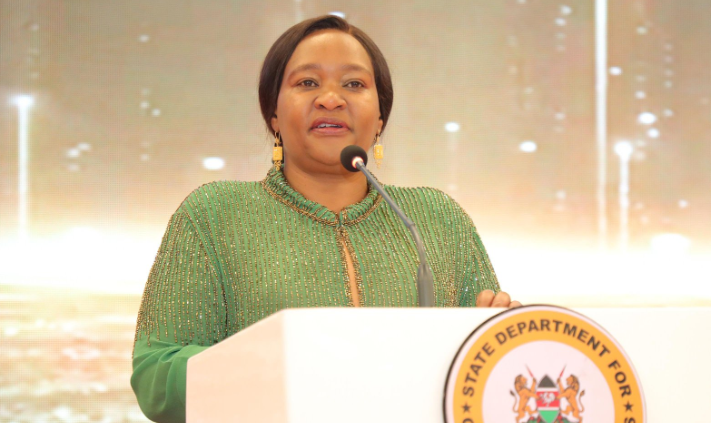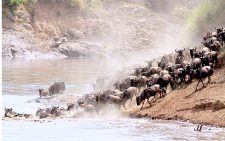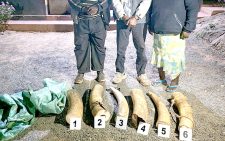Kenya moves to save endangered grey crowned crane

Kenya has set sight on the recovery of the elegant grey-crowned crane bird species that continues to face a sharp decline.
Tourism and Wildlife Cabinet Secretary, Rebecca Miano while launching the National Single Species Action Plan for the Grey Crowned Crane (2024- 2035), said the document is a strategic roadmap to protect the endangered bird specie.
“The recovery of such species will not only expand our tourism attraction products but also crown the beauty endowed to areas like Baringo,” CS Miano said during World Wildlife Day 2025 celebrations in Kiborgoch, Baringo County.
CS Miano reaffirmed Kenya’s commitment to treating wildlife as a “national treasure,” emphasizing its vital role in driving economic growth through tourism, agriculture, and ecosystem services. It is estimated that the population of grey-crowned cranes has deteriorated from 35,000 in the 1980s to less than 10,000 currently.
The shrinking population of the grey-crowned crane stems from the reclamation of swamps that were key to their survival as well as the effects of climate change on their key breeding areas. Benjamin Cheboi, Baringo County Governor echoed the need for community-based conservation efforts, advocating for stronger financing mechanisms, climate resilience strategies, and sustainable tourism models to uplift local livelihoods.
“As we mark this special day, let us remember that wildlife conservation is not just the responsibility of government agencies, it is a shared duty among all of us and I call upon communities, investors, researchers and conservationists to embrace conservation as a means of securing their future,” Cheboi explained.
The officials also called for the adoption of innovative financing mechanisms to protect iconic species amid increasing threats from habitat loss, poaching, and climate change. Some of the plans that the ministry has is embracing public-private partnerships where they seek to engage investors in conservation projects to enhance financial sustainability.
Second, the ministry seeks to adopt carbon credits and biodiversity offsetting by encouraging industries to contribute to conservation through responsible financing.
“We also plan to impose payments for ecosystem services through ensuring communities benefit from conservation by incentivizing sustainable land use. We are establishing ecotourism and conservation enterprises to support nature-based tourism and local enterprises that generate revenue for conservation and local livelihoods,” Miano added.
Prof Erustus Kanga, director general of the Kenya Wildlife Service Director General said that innovative financing will contribute to national development goals, poverty alleviation, gender equality and climate resilience.















